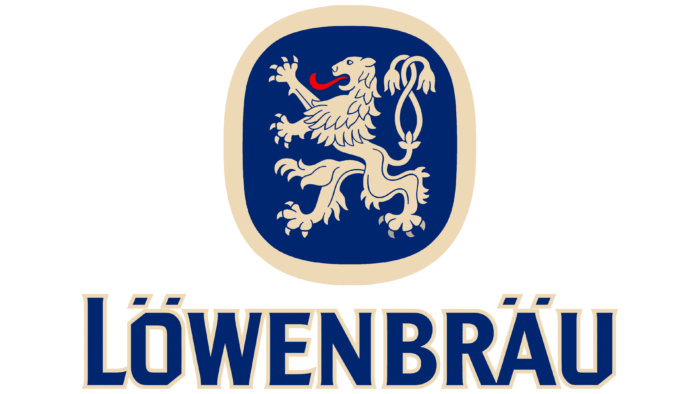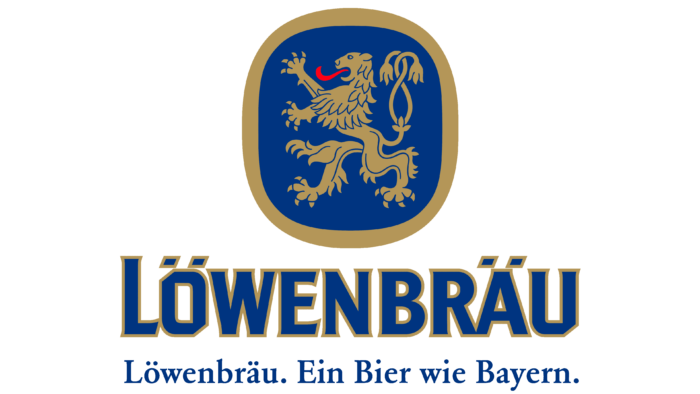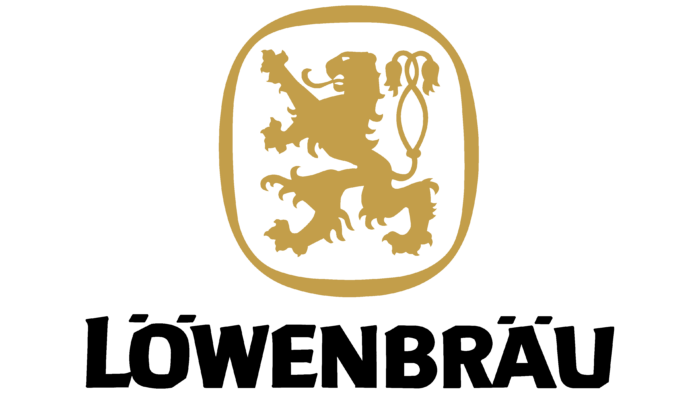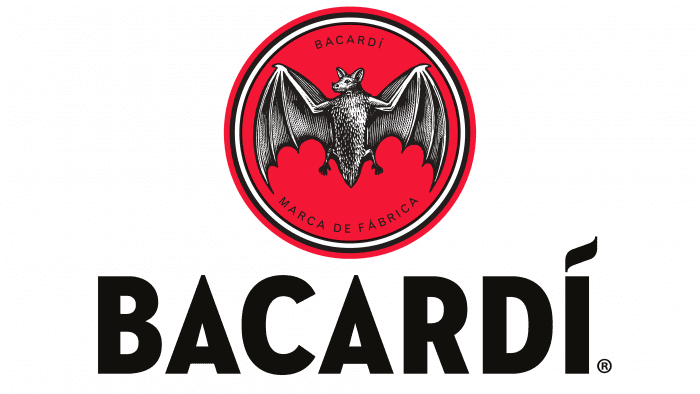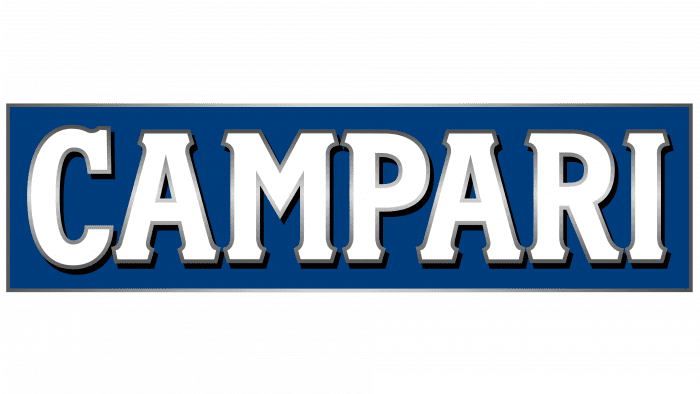The image on the emblem shows that the brewery adheres to high production standards and does not deviate from the recipe developed in past centuries. The Lowenbrau logo adorns products worthy of representing the country globally.
Lowenbrau: Brand overview
| Founded: | 1383 |
| Headquarters: | Munich, Bavaria, Germany |
| Website: | loewenbraeu.de |
Meaning and History
The bottles of Löwenbräu indicate that the origins of the company date back to 1383. But it is known from historical documents that there was no brewery at the place where it appeared in 1383. After studying the archives, Helmuth Stahleder got a more realistic date: 1524. It was then that the brewer Jörg Schnaitter moved to the seventeenth house on Löwengrube (at that time, it was called differently) to start beer production there. After 15 years, he moved out of there, but the enterprise remained and even continued to develop, turning into a business in the 1850s to Munich’s largest brewery.
The name Lowenbrau also did not appear immediately. The oldest mentions of him are found in documents for 1746-1747. It is known that it comes from the name of the street Löwengrube, which was first mentioned in the archives in 1640 and is somehow connected with a fresco depicting a lion. What came first – the wall painting or the word Löwengrube – historians do not know. Only one thing is clear: the Lowenbrau logo was created based on this fresco, located right on the seventeenth house, wherein 1524 beer production began.
The original fresco illustrates the sixth chapter of the Book of Daniel, where the biblical hero was thrown to the lions for praying to God of Israel. The brewery logo does not have any of this – it contains only a lion, which is designed in the style of a coat of arms. The animal is shown in profile and stands on its hind legs. Its long red tongue is stretched forward, and two tails with tassels at the ends are intertwined. The artists detailed the claws and mane in accordance with heraldic traditions.
The lion is inside a blue oval rectangle with a golden border. And at the bottom, the word “LÖWENBRÄU” is written – also blue with golden outlines. This variant is used on bottles and as the main distinguishing mark of the company. So even now, when Germany’s largest brewery has turned into a small regional brand of Anheuser-Busch InBev Corporation, its logo continues to remind of a glorious historical past.
The proud king of beasts not only reflects the name Lowenbrau – it symbolizes courage, strength, fearlessness, justice, and greatness. Such an associative array corresponds to the concept of a beer company. And the stylization of the coat of arms reinforces the feeling of antiquity and the brand’s rich heritage, which she tries to emphasize with all her might.
Font and Colors
The inscription “LÖWENBRÄU” looks impressive due to the visually heavy letters. A bold font with roughly the same line thickness seems cumbersome, but only at first glance: the slashes at the edges of the “Ö,” “E,” and “U” make the name more dynamic. The same goes for short, barely visible serifs at the ends of all letters except “Ö.” Because “R” and “Ä” touch at the bottom, the readability of the word is difficult. Perhaps this was done on purpose so that the logo would attract attention with its imperfection.
The traditional colors of Lowenbrau – gold, and blue – are perfectly combined with each other. Only the tongue of the lion is bright red according to the laws of heraldry. The designers added a gradient to the golden frame to give the image volume.
Lowenbrau color codes
| Dark Sapphire | Hex color: | #002670 |
|---|---|---|
| RGB: | 0 38 112 | |
| CMYK: | 100 66 0 56 | |
| Pantone: | PMS 662 C |
| Dutch White | Hex color: | #eed9b7 |
|---|---|---|
| RGB: | 238 217 183 | |
| CMYK: | 0 9 23 7 | |
| Pantone: | PMS 7506 C |
| Red | Hex color: | #f40107 |
|---|---|---|
| RGB: | 244 1 7 | |
| CMYK: | 0 100 97 4 | |
| Pantone: | PMS 172 C |
